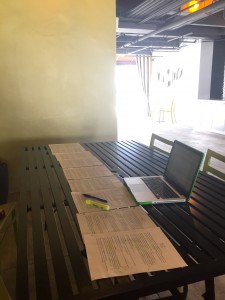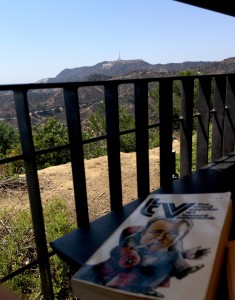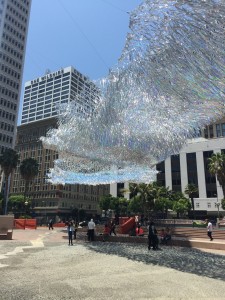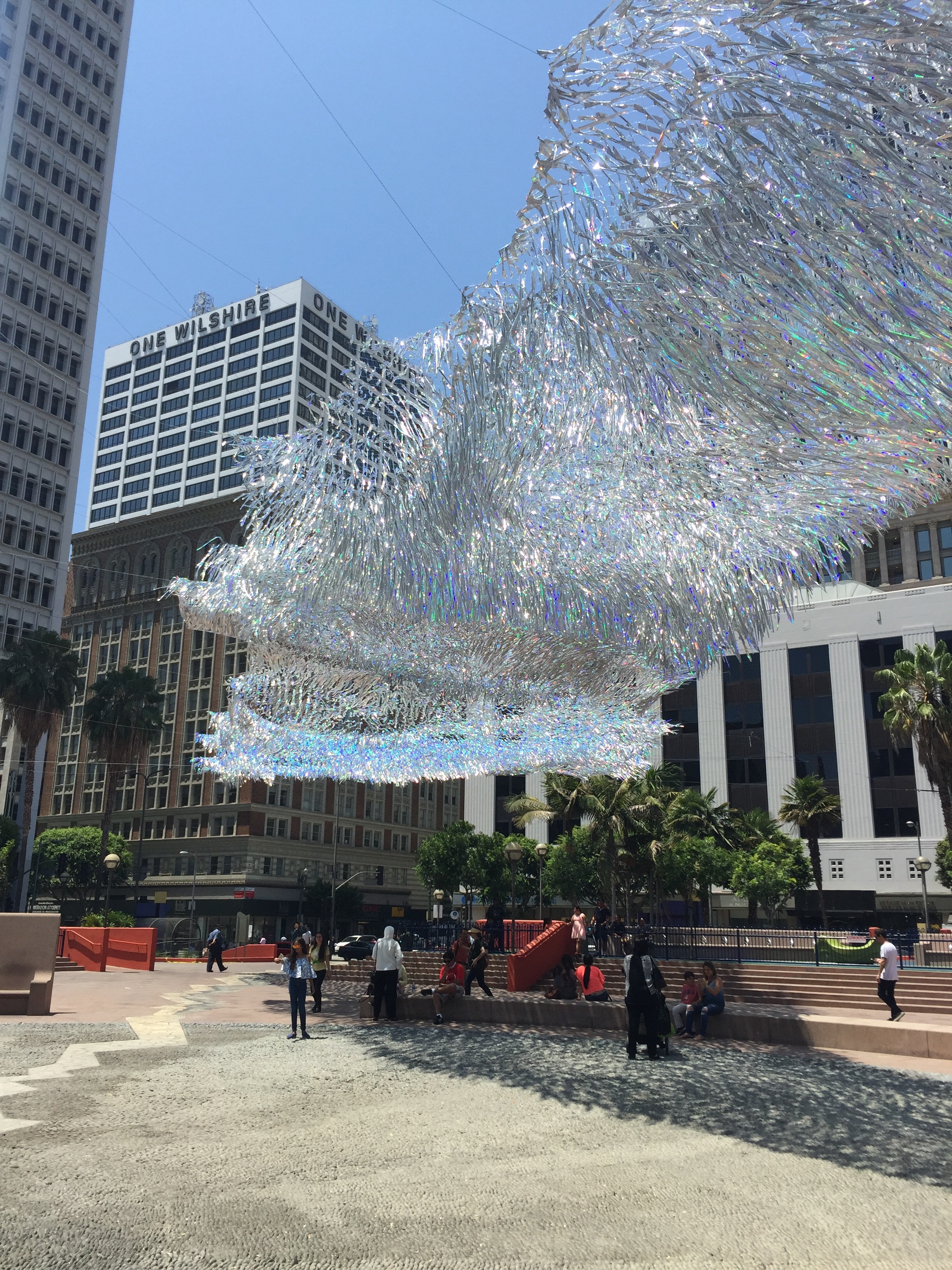Hello! It’s Kylie Dayton coming to you from LA again. I’ve been spending a lot of time this summer thinking about how we value artistic products–what we value in them, why we value one over another–but some weeks ago, I realized there was something significant tugging at me while I did this. It’s in the difference between the artist and the entertainer. It’s the hierarchy that precedes the question of high or low: what is art? What constitutes art? I’ve thought a lot about what doesn’t get to be high, but what doesn’t get to be art?
This is at once a question only for Socrates and a question that each of us has an answer to, so I started asking my interviewees. I noticed a discrepancy between how they define art and what they esteem as art when they consume culture. “What constitutes art?” I would ask. Their answers were idealistic, forgiving, broad, and at times awed:

“Anything that someone is so passionate about that they endure the struggle to create it… That thing that is fueled by passion.”
“Anything that moves you.”
“As long as it affects people, then it’s art. It’s kind of like beauty. It’s in the eye of the beholder, so just because I’m not affected by something, but I see someone else is affected by something, it is still art.”
That first interview subject also acknowledged that “art is a very general term,” yet when explaining his love for the movie Moneyball, he specified, “I think it’s a work of art.” The word art is simultaneously a broad descriptor of things created and a great compliment to something especially, though still subjectively, revered.
This is one example, and I think it makes a few things clear. First, art is a difficult concept to define. It’s something we elevate, but it’s also something we ourselves do, as well as something we judge. The discrepancy is thus not hugely surprising. It does, however, betray a possible flaw in the hierarchical system of taste and bias with which we process what falls under this “general term.” Before high and low enter the conversation, we should consider how we move from the idealistic anything attitude to the exalting/dismissing attitude.


